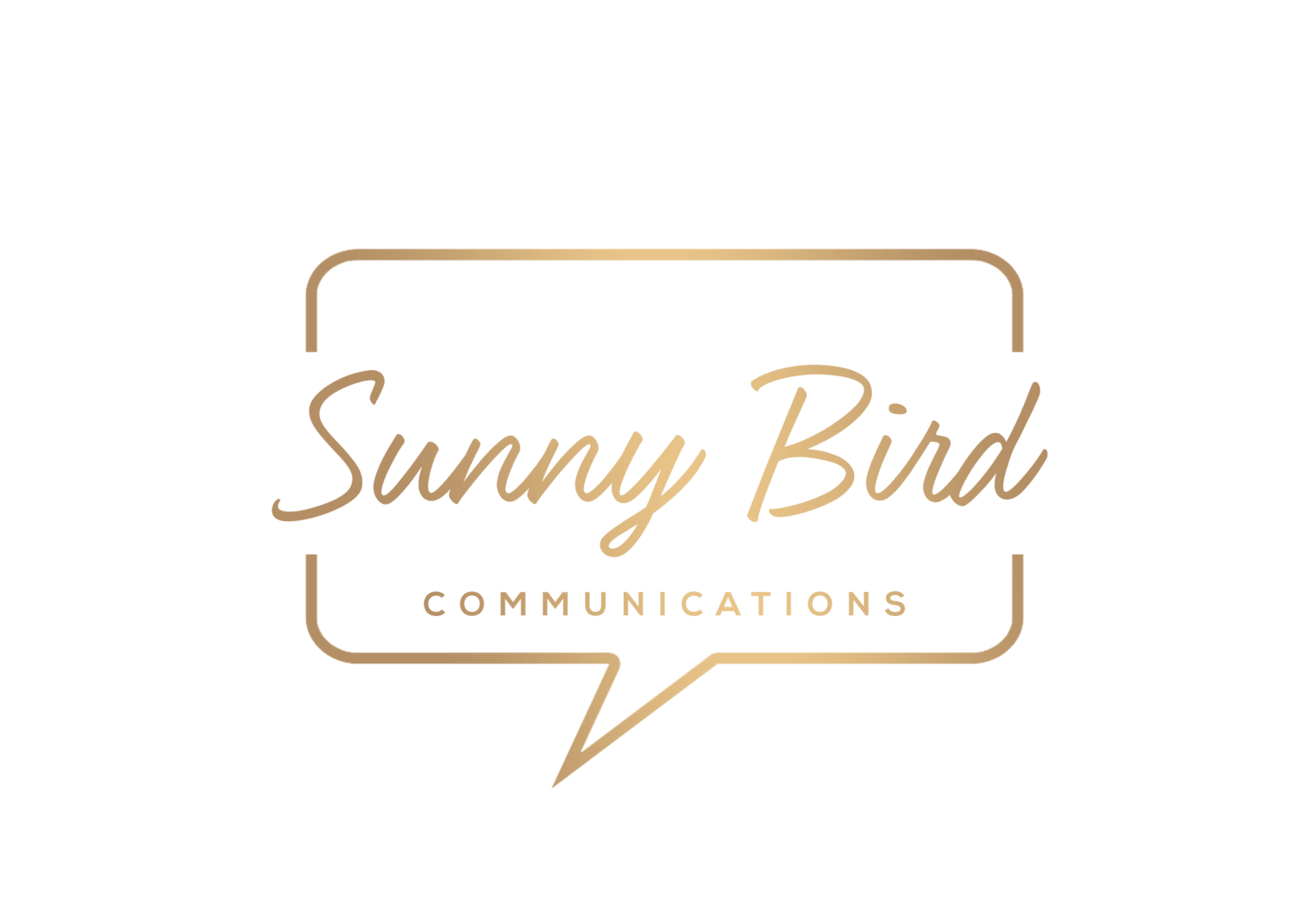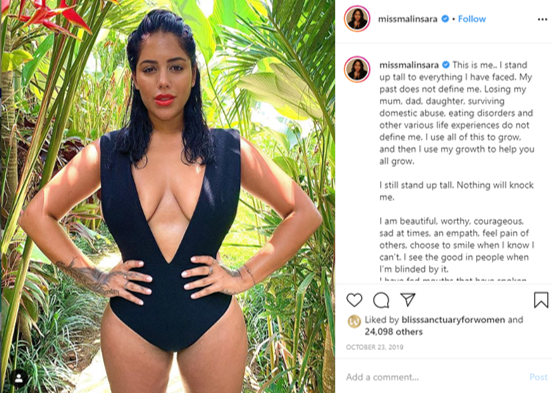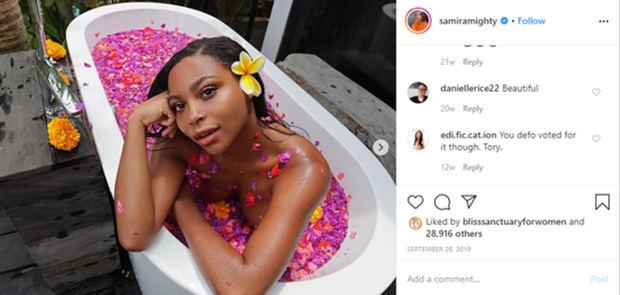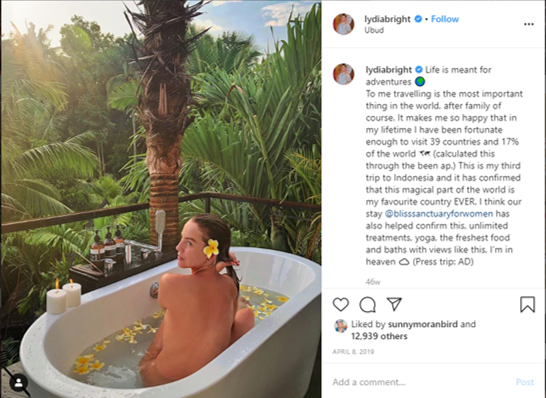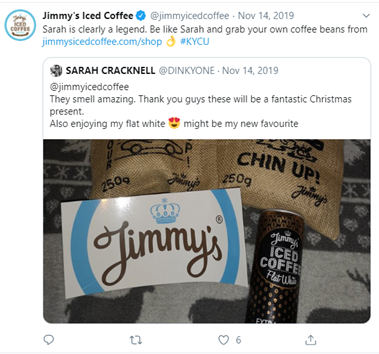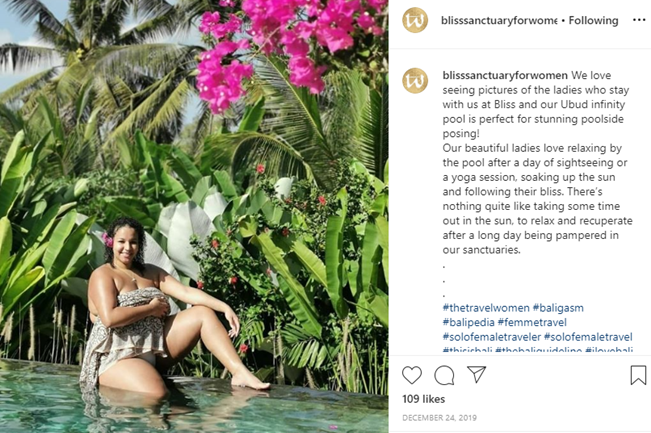Celebrities and influencers often have a larger and more engaged audience than traditional media, which is why working with them is becoming vital for a brand’s PR strategy!
Companies large and small are now reaching out to celebrities and influencers for collaborations in order to target new audiences, generate sales and increase engagement.
Depending on a brand’s business objectives and budget, it’s important to choose the right people to promote your brand, whether they have millions of followers or smaller ones with a more niche audience.
There are many benefits to working with celebs and influencers, here are just a few reasons why we think you should introduce celebrity and influencer outreach into your PR strategy this year:
Reach millions of people
Celebrities and influencers can have millions of followers, all who actively take an interest in what they post and the products they use. A single social media posts can often have a higher reach than most magazines and online publications! Choosing someone who aligns with your brand and whose audience you want to reach can lead to attracting exactly the right type of new customer.
We recently arranged for Vicky Pattison to go to our client’s Bali retreat – Bliss Sanctuary for Women, which meant all of her social media posts tagging in the brand were seen by her 4.6 million followers!
Target an engaged audience
Their whole job relies on how engaged their followers are and how many people they can reach, so there’s no denying that celebrities and influencers like to encourage engagement on their platforms.
Followers of celebrities and influencers follow them for a reason, they care about what they post and trust their opinions.
People no longer trust adverts in magazines and so hearing recommendations from a real person talking about how they love your brand is much more likely to provide results in terms of people buying your product or service.
We are currently working with our client OzKleen on securing ‘cleanfluencers’ which although have a smaller niche following, are exactly the target audience of people who would go out and buy OzKleen’s range of cleaning products based on a recommendation from their trusted cleanfluencer.
Increase website traffic and sales
Social media is a great tool for directing people to your website, especially when celebrities and influencers who have more than 10K followers can include a swipe up link to your business or product, sending people immediately to your website. You need to make sure your website is user friendly, explains your USPs and looks professional, because the last thing you want is thousands of people heading over to your website from your celebrity/influencer campaign and being put off by your website, or not being able to find what they’re looking for!
As a result of all our research and our targeted approaches to celebrities, we secured a celebrity endorsement from Jennifer Metcalfe who posted on her Instagram and Twitter channels about the amazing results she’d had from using our client’s product: Regrowz for Women. This increased traffic to the Regrowz website by an amazing 3,535% overnight all thanks to one post from Jen - a phenomenal result for a new product and website!
Increase your social media followers
When people are tagging in your brand to their posts it directs traffic to your social media pages and increases your followers overnight. Working with our client Bliss Sanctuary for Women, we sent 6 celebrities to the sanctuaries for one week which resulted in an increase of 12,000 followers over just one weekend! By continuing to source and arrange for celebrities to visit Bliss over the past year, we have increased their followers by 30,000+ followers in total.
They create beautiful content
One of the best things about working with celebrities and influencers is that they are amazing at taking their own photos! They do it every day and know the best angles, shots and how to pose. When working with them you can instruct them on certain content and themes to align with your brand objectives. This is great because not only do they post the images/videos on their own channels, but it provides you with content for your own feed.
We organised a Gin Cruise for our client Exmoor Distillery and invited local bloggers and influencers to document the trip. This resulted in stunning high res imagery which we were able to use on social media and in traditional media.
They are transparent
Celebrities and influencers often only work with brands they like, trust and align themselves with. They will more often than not decline an opportunity if they know their followers will not agree with it or see it as not the right fit for them. This is good news because it means you’ll only be working with people that really support your brand, which will reflect in the posts they do for your brand.
Celebrity and influencer campaigns can have a huge impact and can easily achieve overnight success for your brand! It’s all about knowing the right people to use, focusing on your objectives and making sure you get the most out of the collaboration.
At SBPR we have just launched our ‘How to work with Influencers’ Course which will take place on Thursday 20th August, which will teach you all you need to know about working with celebrities and influencers to get your brand seen by millions. Tickets can be purchased at: https://www.sunnybirdpr.com/how-to-work-with-influencers.
